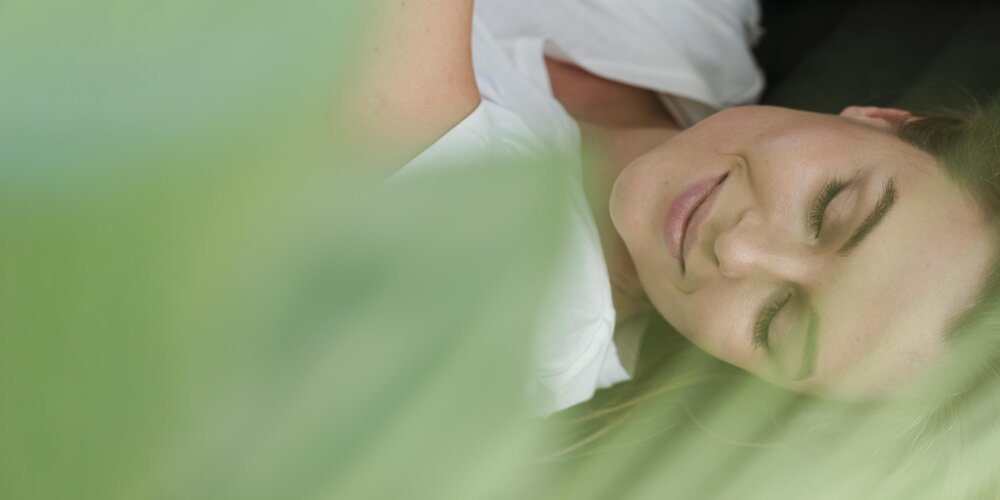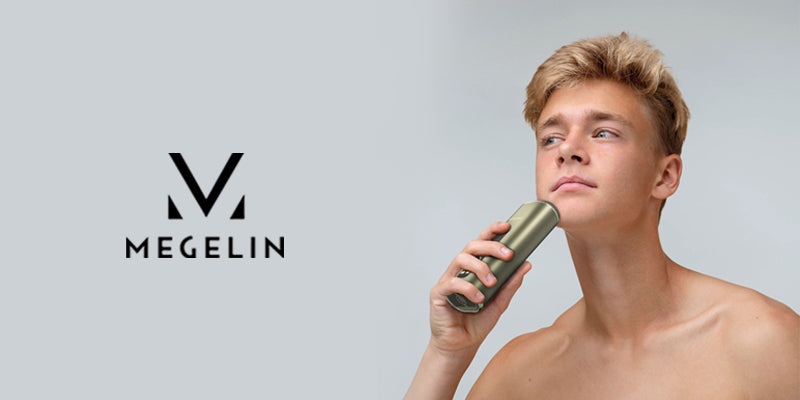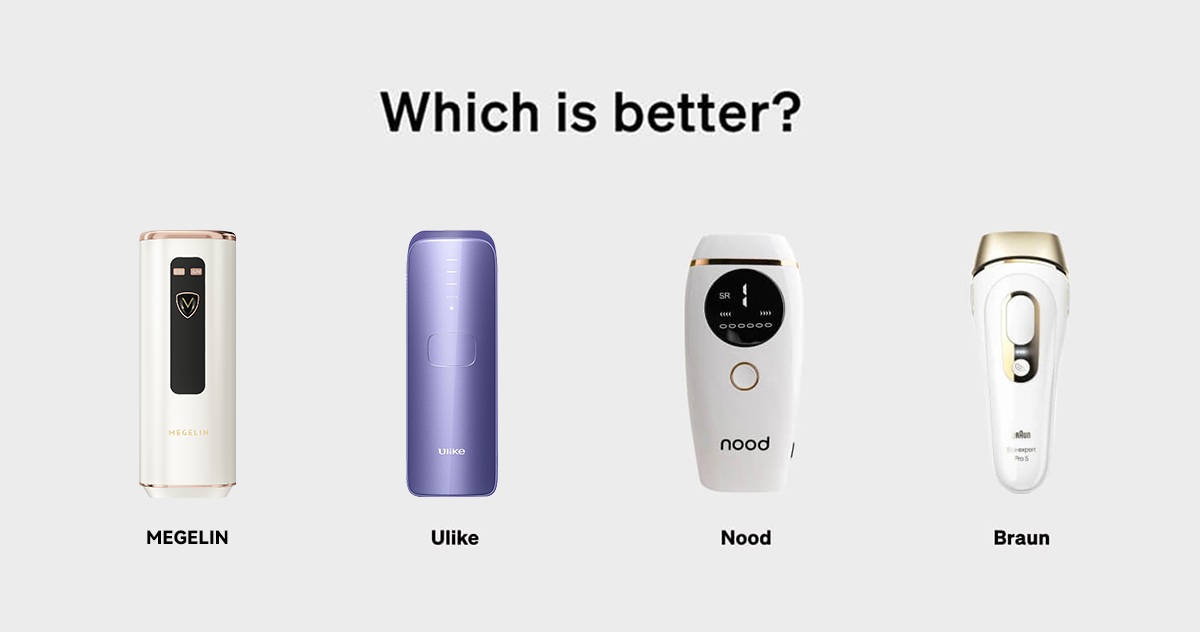
Can You Do Red Light Therapy Everyday? Benefits and Risks
2MegelinRed light therapy has gained significant attention in recent years as a potential solution for various health and wellness concerns. This non-invasive treatment uses low-level wavelengths of red and near-infrared light to stimulate cellular processes in the body. As more people discover its benefits, a common question arises: Can you do red light therapy everyday? This inquiry highlights the growing interest in incorporating this innovative approach into daily routines.
The frequency of red light therapy sessions is a crucial factor in maximizing its effectiveness. This article delves into the potential benefits of consistent red light therapy use, including improvements in skin tone, muscle recovery, and ATP production. It also examines the safety considerations and potential risks associated with daily treatments. By exploring the optimal frequency for red light therapy and the various devices available, such as LED panels and handheld devices, readers will gain valuable insights to make informed decisions about incorporating this therapy into their wellness regimens.
Understanding Red Light Therapy
What is red light therapy?
Red light therapy (RLT) is a therapeutic technique that uses low-level wavelengths of red and near-infrared light to treat various skin conditions and promote healing [1]. This non-invasive treatment exposes the skin to specific wavelengths of light, typically between 600 and 900 nanometers [2]. RLT has gained popularity as a medical treatment modality due to its ability to alter cellular function without generating heat or causing damage to the skin [3].
How does it work?
RLT works by penetrating the skin and stimulating cellular processes. When the light enters the skin, it's absorbed by the mitochondria, the energy-producing structures in cells [4]. This absorption may strengthen the mitochondria, leading to more efficient cell function and improved repair processes [1]. The treatment has been shown to increase blood flow, reduce inflammation, and boost collagen production [1].
Types of red light therapy devices
There are several types of red light therapy devices available:
- Red light therapy masks: These fit over the face and have LED lights pointed towards the skin [4].
- Red light therapy beds: Similar to tanning beds but with red LED lights instead of UV lights [4].
- Red light therapy panels: Wall-mounted or table-top panels of various sizes for targeted or full-body treatment [4].
- Red light therapy wands: Handheld devices for treating small, specific areas [4].
When choosing a device, it's important to consider factors such as irradiance, frequency, and treatment coverage area to ensure effective and safe therapy [2].
Benefits of Daily Red Light Therapy
Skin health improvements
Red light therapy has shown promising results in improving skin health. It stimulates collagen production, which enhances skin elasticity and reduces the appearance of fine lines and wrinkles [5]. The therapy also increases fibroblast production, contributing to better skin texture and tone [6]. Studies have demonstrated its effectiveness in treating acne vulgaris by reducing inflammation and sebum production [6].
Pain relief and inflammation reduction
Red light therapy has significant anti-inflammatory effects, making it beneficial for pain relief. It increases blood flow to damaged tissues and boosts the body's antioxidant defenses [7]. A randomized, triple-blind, placebo-controlled trial found that patients treated with red light therapy experienced reduced post-operative pain and swelling [7]. The therapy has also shown positive results in alleviating pain associated with temporomandibular dysfunction and rheumatoid arthritis [4].
Enhanced muscle recovery
Athletes and fitness enthusiasts can benefit from red light therapy's ability to enhance muscle recovery. It stimulates ATP production in mitochondria, providing more energy for tissue repair and regeneration [8]. The therapy has been shown to reduce muscle soreness, decrease inflammation, and improve blood circulation, all of which contribute to faster recovery after intense workouts [8]. Studies have also indicated that red light therapy can improve muscle strength and endurance [8].
Mood and sleep benefits
Red light therapy has been associated with mood improvement and better sleep quality. It helps regulate the body's circadian rhythms, potentially improving sleep duration and quality [5]. However, it's important to note that red light can also increase alertness and anxiety, which may affect sleep onset [9]. Some studies have found that red light therapy can have a positive effect on mood and reduce symptoms of depression [5].
Potential Risks and Safety Considerations
Possible side effects
While red light therapy is generally safe, some risks exist. At high intensities, it can cause skin redness, blistering, and burns [4]. There have been reports of burns and lesions from prolonged use, especially when falling asleep during treatment or using damaged devices [1]. Eye damage is also a potential risk, making proper eye protection crucial during sessions [1].
Precautions for certain conditions
People with cancer or a history of cancer should consult their doctor before using red light therapy [1]. Those taking medications that increase skin or eye sensitivity should avoid this treatment [4]. Pregnant women are advised to steer clear of red light therapy [10]. It's essential to inform your dermatologist or primary care physician about including red light therapy in your treatment plan [10].
Importance of proper usage
To ensure safety and effectiveness, it's crucial to follow usage guidelines carefully. Choose FDA-cleared devices with appropriate wavelengths (620-700 nanometers) and built-in safety features like timers [11]. Limit sessions to recommended durations and frequencies to prevent overexposure. Seeking treatment from reputable practitioners can minimize risks associated with improper use [10].
Conclusion
Red light therapy has an influence on various aspects of health and wellness, offering potential benefits for skin health, pain relief, muscle recovery, and mood improvement. Its ability to stimulate cellular processes and boost collagen production makes it an attractive option to enhance physical well-being and appearance. However, it's crucial to consider the safety aspects and possible risks associated with daily use. To make the most of this treatment, it's essential to follow proper usage guidelines and consult with healthcare professionals, especially for individuals with specific health conditions.
As research continues to explore the full potential of red light therapy, its integration into daily wellness routines shows promise. The availability of different devices allows for flexibility in application, catering to various needs and preferences. While the benefits are encouraging, it's important to approach red light therapy with a balanced perspective, understanding both its advantages and limitations. By doing so, individuals can make informed decisions about incorporating this innovative treatment into their health and wellness strategies.
FAQs
1. Is daily red light therapy recommended?
Using a handheld red light therapy device three to five times a week for 10-20 minutes each session is generally advised. Dr. Paulvin suggests aiming for four to five sessions per week to achieve more noticeable results consistently. He mentions that there is no strict upper limit to how often you can use red light therapy.
2. Can you use red light therapy too much?
Although there is no strict limit to the frequency of red light therapy sessions, using it more often does not guarantee better outcomes. Excessive use may cause irritation and sensitivity in the treated areas. It is advisable to adhere to recommended usage frequencies to avoid these issues.
3. What potential side effects does red light therapy have?
Red light therapy (RLT) typically presents a low risk of side effects. However, if the therapy is administered with prolonged or high-intensity exposure that deviates from standard guidelines, it may harm the skin. Home-use products, if not used correctly, could cause burns, blisters, or even damage to unprotected eyes.
4. How frequently can you undergo red light therapy consecutively?
There is no established limit to the number of consecutive days you can undergo red light therapy. This flexibility is particularly beneficial for goals like pain reduction, improved blood flow, and other health benefits associated with the therapy.
References
[1] - https://www.healthline.com/health/red-light-therapy
[2] - https://www.health.com/best-red-light-therapy-devices-7759543
[3] - https://www.ncbi.nlm.nih.gov/pmc/articles/PMC3926176/
[4] - https://www.webmd.com/skin-problems-and-treatments/red-light-therapy
[5] - https://www.cnn.com/2023/06/01/health/red-light-therapy-benefits-sleep-wellness/index.html
[6] - https://www.medicalnewstoday.com/articles/325884
[7] - https://www.degreewellness.com/2019/10/treating-inflammation-and-pain-with-red-and-near-infrared-light-therapy/
[8] - https://www.polltopastern.com/post/exercise-recovery-with-red-light-therapy
[9] - https://www.frontiersin.org/journals/psychiatry/articles/10.3389/fpsyt.2023.1200350/full
[10] - https://www.everydayhealth.com/wellness/red-light-therapy/guide/
[11] - https://healthlightllc.com/red-light-therapy/










